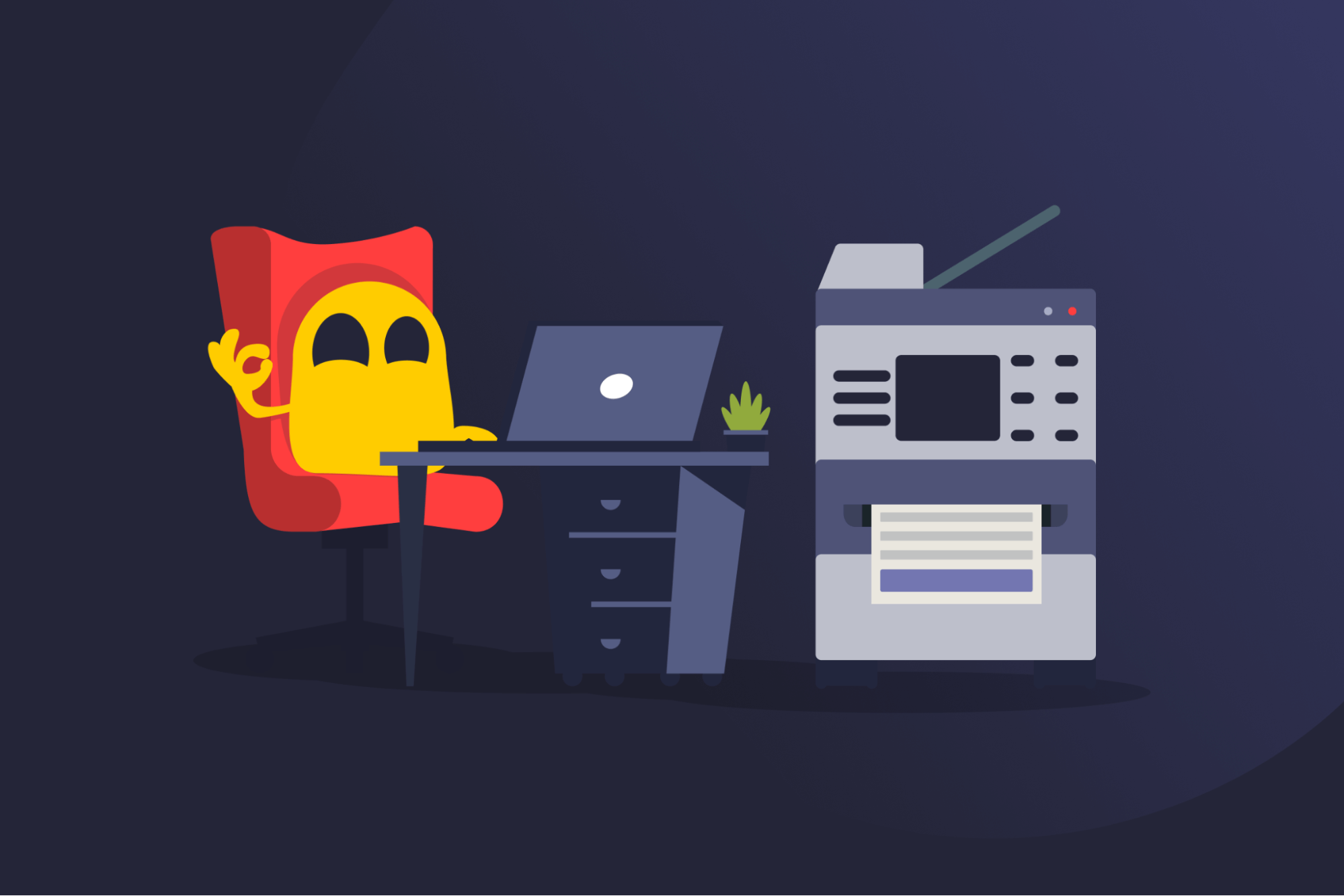Public Domain Software

Public Domain Software Definition
Public domain software is software that’s free from copyright protection, either because the copyright has expired or the creator has explicitly waived it, leaving no exclusive owner or rights holder. This means that anyone can use, study, modify, share, or even sell it without asking for permission or paying fees.
Key Benefits of Public Domain Software
- Doesn’t restrict use: Public domain software isn’t bound by copyright licenses or terms of use, so anyone can freely modify, redistribute, or incorporate it into other projects. However, patents may still cover certain technologies within the software, and trademarks may restrict use of its original name or branding.
- Comes at no cost: The software is free to get, use, and distribute with no licensing fees or subscription costs. However, some distributors or providers may charge fees or request donations for accessing, supporting, or hosting the software.
- Encourages innovation and collaboration: Anyone can study, improve, or build on it, which allows the wider community to contribute to the software.
How Does Software Enter the Public Domain?
Software typically enters the public domain in two ways. The original copyright holder can intentionally dedicate their work to the public domain. This is often done using a legal tool such as the Creative Commons CC0 waiver, which waives the original author’s rights.
Copyright can also expire after a certain time, depending on local laws. Usually, copyright expires 70 years after the original author’s death, so almost no modern software has entered the public domain by expiring.
Read More
FAQ
Open-source software is copyrighted and managed under specific licenses, allowing people to view, modify, and distribute it under the conditions outlined in those licenses. Public domain software no longer has copyright protection and doesn’t fall under any licensing framework, so there are no licensing conditions for using it.
Yes. Public domain software can be freely modified and redistributed because there are no restrictions or licensing rules. You can also copyright your modifications, but the original version remains in the public domain.
Public domain software can usually be identified by an explicit statement from the original author or copyright holder dedicating the work to the public domain. The clearest indicator is a CC0 notice, which waives the original holder’s rights. Usually, copyright expires 70 years after the original author’s death, but this depends on renewal rules and local laws, so it isn’t always a reliable indicator.

 45-Day Money-Back Guarantee
45-Day Money-Back Guarantee